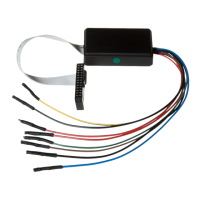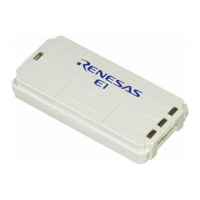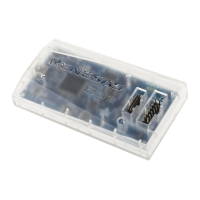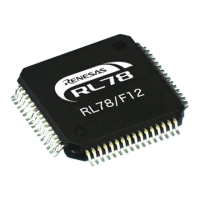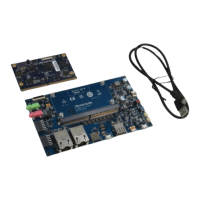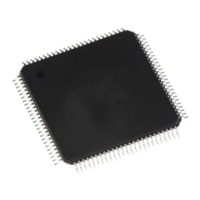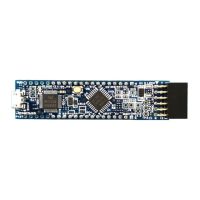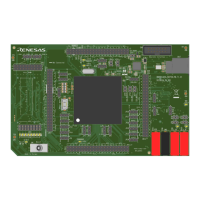Universal Serial Bus
M30240 Group
Rev.1.00 Sep 24, 2003 Page 319 of 360
3.2.10 USB Transmission (IN)
Figure 3.32 shows the procedures for Endpoints 1-4 USB IN transmission. Use caution when using
isochronous transfer and the UNDER_RUN is “1” because a USB Endpoint x IN interrupt will occur.
Figure 3.32: Procedures for sending USB Transmission
USB Endpoint x FIFO Address
EPi (i = 1-4) 0339
16, 033A16,
033B16, 033C16
Transmission Data
b7
b0
Setting Transmission Data IN FIFO
USB Endpoint x IN Interrupt Processing Routine
Confirm Data Transmission in FIFO
USB Endpoint x IN Control and Status Register Address
EPiICS (i = 1-4) 0319
16, 032116,
032916, 033116
IN_PKT_RDY Bit
0 : Not ready
1 : Ready
TX_NOT_EPT Bit (Note)
o : Transmit FIFO is empty
1 : Transmit FIFO is not empty
b7 b0
Register Evacuation Process
Note: In the case of double buffer mode, 1 data packet remains in FIFO when the IN_PKT_RDY is "0" and the TX_NOT_EPT
is "1" (packet size < half FIFO size.) When the remaining data is transmitted with the next IN token, the TX_NOT_EPT is
automatically cleared.
Setting IN_PKT_RDY
USB Endpoint x IN Control and Status Register Address
EPiICS (i = 1-4) 0319
16, 032116,
032916, 033116
IN_PKT_RDY Bit (Note)
1 : Data Packet Ready
b7 b0
Note: If the transmission data is a short packet or if the AUTO-SET bit is "0" the user must set to "1".
1
Register Recover Processing
Execute REIT Command
0
0
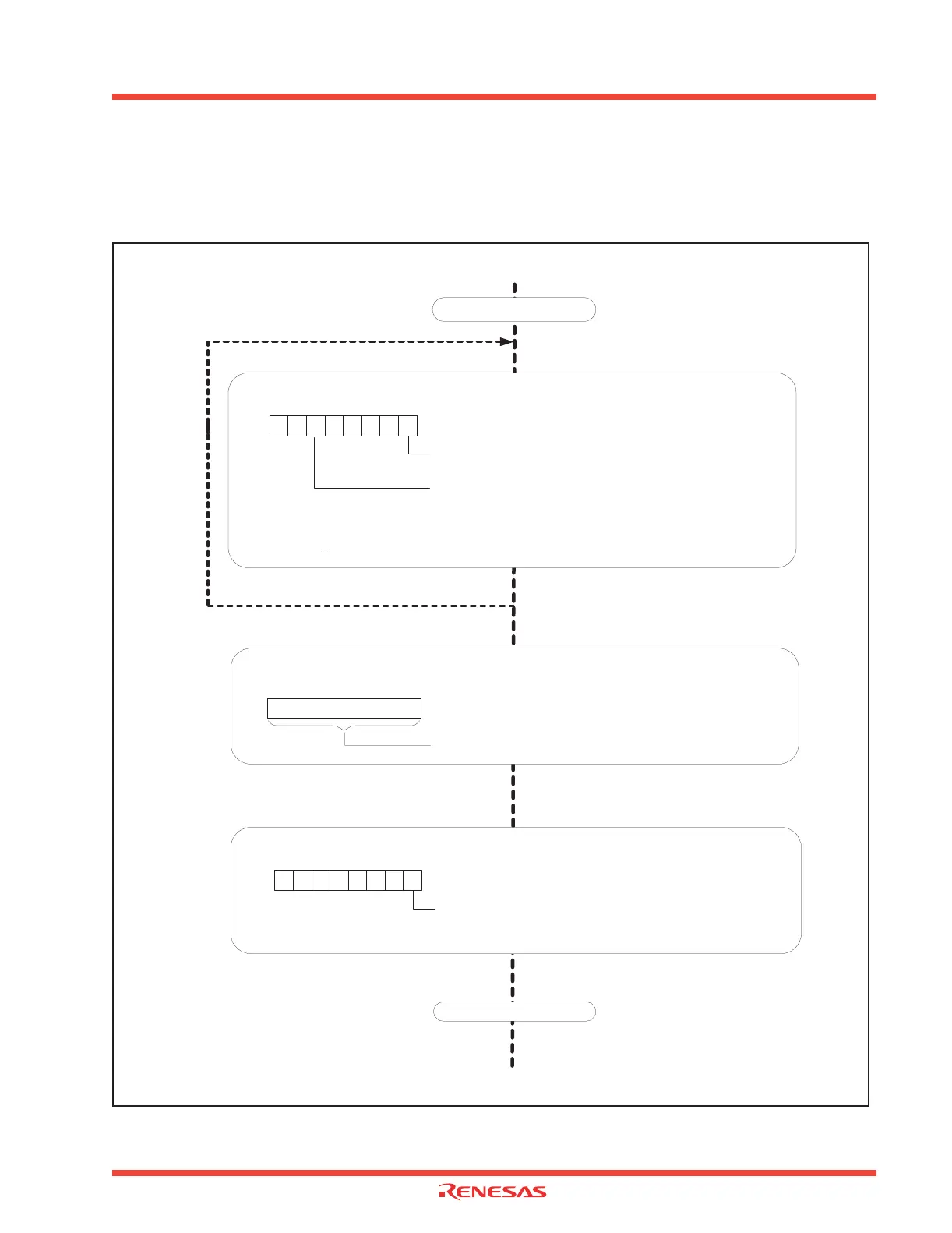